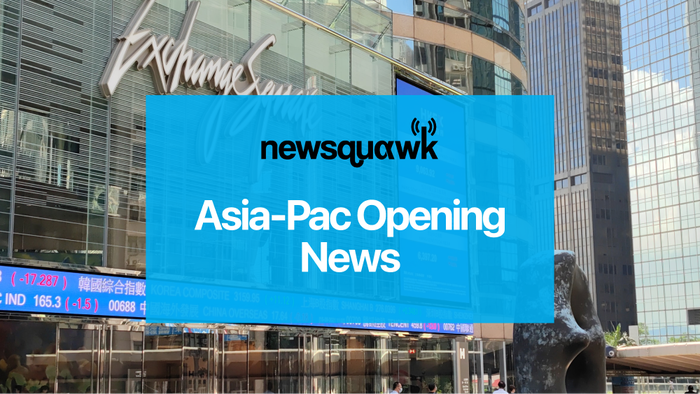Copyright Forbes

The Intelligence Age is powering the emergence of a sweeping Cognitive Industrial Revolution, unleashing a Cambrian explosion of change. The rapid deployment of thinking machines will result in a profound shift in the way we live, work, and play, with zero historical precedent and with future implications that are impossible to predict right now. In periods of meteoric, large-scale change, leaders have their work cut out for them. Not only must they manage through exceptional complexity, uncertainty, and resistance, but they must also evolve their management styles and methods to reflect completely new business realities and challenges. Recognizing the magnitude of business change underway in the Intelligence Age, brushing up on effective ways to manage change and learning new ones must become a top priority for leaders at every level. The times in which we live command it. Leadership Is Change Management Change management, defined as any type of formal process for guiding an organization through transitions and transformations, is already a core responsibility of leadership. Managers that demonstrate formality and confidence, together with excellent communications can often be the decisive edge that delivers the success of a business change. MORE FOR YOU As a central leadership discipline and requirement, change management continues to be a deeply researched and studied area and there’s a long list of methods to support it. One lens, among many, in which to view change management is in the manner that team members respond to it. Understanding how to overcome the resistance that leaders may encounter during change is a vital component of a manager’s toolkit. The Three Levels Of Resistance And Change Model Consider the Three Levels of Resistance and Change model. It provides a way for leaders to anticipate and address the concerns of team members during periods of transition. This model was created and introduced by Rick Maurer, an expert in change management for over 30 years and who has advised some of the world’s top companies. In the model, levels can emerge as time progresses with level one being the first reactions experienced as change unfolds. Levels can also be seen as the complexity of the change management challenge, with level one being the easier of the three to tackle. Let’s briefly explore each level. Level One: I Don’t Get It When team members first hear about upcoming change, their reaction can be, “I don’t get it.” There’s confusion about what is about to happen, misunderstandings of intent, and a lack of information. How should a leader respond? This is a time for plenty of clear, open communications. Use simple language, remove technical jargon, and utilize visual aids. Ensure that staff have ample opportunities to ask questions and engage in open discussions. Level Two: I Don’t Like It This is when team members have a strong emotional response that is often captured as, “I don’t like it.” Here, for example, staff are expressing anxiety about what is happening. Their jobs may be changing, or may be at risk, and they fear they won’t be able to be successful after the change. Addressing these legitimate issues as a leader means acknowledging concerns, providing clear guidance on why the changes are necessary, and giving people time to adjust to the news. Staff are more likely to accept change when they understand the benefits to them personally. Level Three: I Don’t Like You This level is particularly difficult as the resistance is based on the person proposing the change, which could be you. Among staff it takes the form of, “I don’t like you.” The genesis of this view can be complex, and reasons may include the proposer’s credibility and track record. This is tough one to resolve and requires several techniques to build trust. Dialogue is essential. Listening to the concerns of staff, understanding their perspectives, and inviting them to help implement the change, can all go a long way. As uncertainty and exponential change emerge in the unfolding Cognitive Industrial Revolution, leaders will face growing and complex resistance within their teams and organizations. It will be difficult enough to operate a business and continue to succeed during these transformative times, but even more challenging when team members are not aligned and on-board with the direction. The Three Levels of Resistance and Change model is just one of many approaches that leaders must delve into in order to help navigate the choppy waters ahead. A New Era Of Change And Leadership Has Begun Leaders must recognize that the Intelligence Age is giving rise to a new school of management. Already, among several changing dynamics, strategies are fluid, hierarchies are flatter, teams are more empowered and geographically dispersed, automation is accelerating, data is dominating, and soon humanoids will join as team members. Leaders must find a way to be at ease with rapidly changing demands and contexts, whether driven, for example, from a swiftly evolving marketplace, new and disruptive technologies, or from their staff. They’ll need to be hyper-agile in their work and adopt a fast-learner mindset. While leaders must be exemplary change managers for others and their organization, they must also navigate a bold new world where change will also be directly aimed at them. A new day for leaders as masters of change has arrived.



